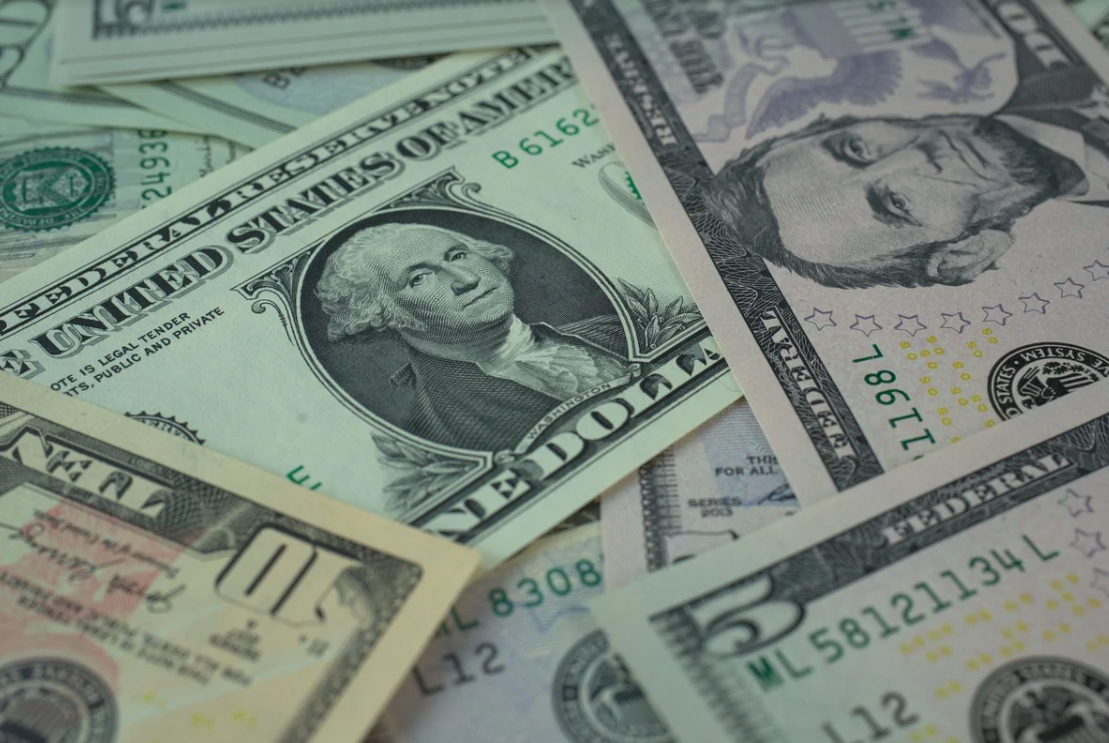In addition to near record growth in quotations relative to company profits, a sharp increase in borrowing has been recorded. The debt to asset ratio of public companies in the USA has been at its maximum for 20 years. However, the Fed considers the level of risk compensation to be within the historical norm for now.
The rise in asset prices, which began in May, has only intensified in the last six months, supporting investor optimism and financial measures taken by the authorities to combat the effects of the pandemic. However, markets remain at risk of significant correction due to the high uncertainty surrounding the coronavirus and the future pace of recovery, according to a new issue of the Fed's report on US financial stability.
The regulator notes that share prices in relation to expected corporate profits are already close to their historic high (observed in 1999).
However, given the extremely low rates, the level of compensation to investors for risk is comparable to the historical norm (after all, the lower the rate, the higher the price of an asset), the Fed says. The regulator believes that the main risk is that investor sentiment may change rapidly if the economic situation is worse than expected.
At the same time, spreads on corporate bonds have declined significantly following a reduction in government bond rates (high demand for securities was supported by the large-scale buyback of assets by the Fed). This contributed to the issuance of new obligations by companies with both investment and bad ratings as the quality of issued loans deteriorated (in the second quarter of 2020 there was a sharp surge in the issuance of unrated high yield bonds worth more than $80 billion).
In turn, US commercial property prices began to fall (although still high) and lower mortgage rates led to increased demand and, consequently, prices for residential properties.
New borrowings have further increased the debt burden.
In the corporate sector, the increase in "new debt" occurred at the beginning of the pandemic, while the increase in debt for households was more moderate. At the end of the second quarter of 2020, the total debt of the non-financial sector was $17.6 trillion, and households - $16.1 trillion. For the year (the third quarter of 2019 - the second quarter of 2020), the first indicator increased by 10.5%, while the average for recent years was 6.2%, the second - by 2.8% against 5.2%. As a result, the debt-to-assets ratio for all traded companies in the United States by the end of the second quarter increased to a maximum of 20 years.
source: bloomberg.com, cnn.com
The rise in asset prices, which began in May, has only intensified in the last six months, supporting investor optimism and financial measures taken by the authorities to combat the effects of the pandemic. However, markets remain at risk of significant correction due to the high uncertainty surrounding the coronavirus and the future pace of recovery, according to a new issue of the Fed's report on US financial stability.
The regulator notes that share prices in relation to expected corporate profits are already close to their historic high (observed in 1999).
However, given the extremely low rates, the level of compensation to investors for risk is comparable to the historical norm (after all, the lower the rate, the higher the price of an asset), the Fed says. The regulator believes that the main risk is that investor sentiment may change rapidly if the economic situation is worse than expected.
At the same time, spreads on corporate bonds have declined significantly following a reduction in government bond rates (high demand for securities was supported by the large-scale buyback of assets by the Fed). This contributed to the issuance of new obligations by companies with both investment and bad ratings as the quality of issued loans deteriorated (in the second quarter of 2020 there was a sharp surge in the issuance of unrated high yield bonds worth more than $80 billion).
In turn, US commercial property prices began to fall (although still high) and lower mortgage rates led to increased demand and, consequently, prices for residential properties.
New borrowings have further increased the debt burden.
In the corporate sector, the increase in "new debt" occurred at the beginning of the pandemic, while the increase in debt for households was more moderate. At the end of the second quarter of 2020, the total debt of the non-financial sector was $17.6 trillion, and households - $16.1 trillion. For the year (the third quarter of 2019 - the second quarter of 2020), the first indicator increased by 10.5%, while the average for recent years was 6.2%, the second - by 2.8% against 5.2%. As a result, the debt-to-assets ratio for all traded companies in the United States by the end of the second quarter increased to a maximum of 20 years.
source: bloomberg.com, cnn.com



















